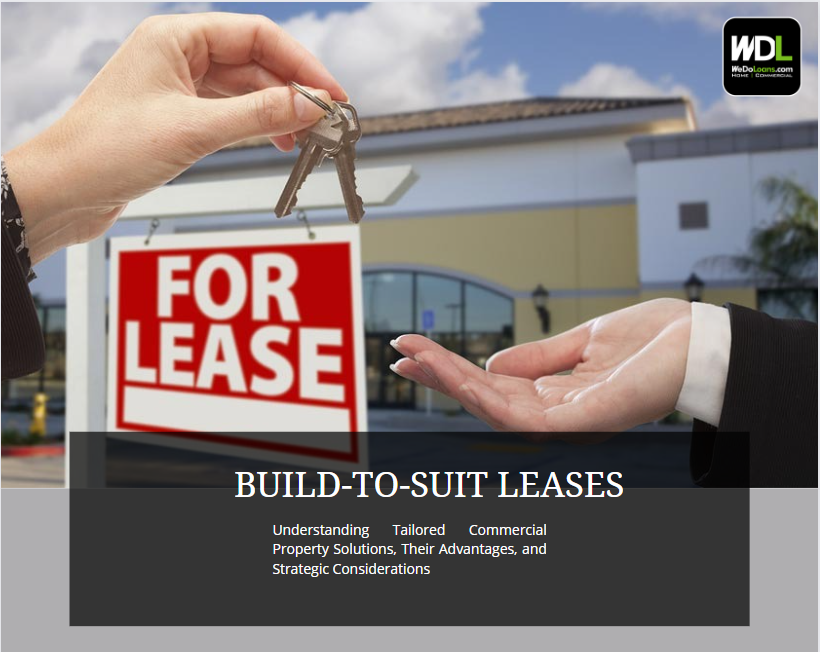
For property owners sitting on unused or upgradable real estate, the build-to-suit lease model offers a compelling avenue. This arrangement involves the owner collaborating with a developer to create a property tailored to a tenant’s specifications. Investors eying a vacant lot in an up-and-coming area could find build-to-suit leases particularly lucrative for spurring new business ventures.
Decoding the Build-to-Suit Lease
In essence, a build-to-suit lease is a contractual agreement where a property owner or landlord pledges to develop or refurbish a building specifically for a tenant’s requirements. The lease duration is predefined.
A notable aspect here is that the construction costs don’t immediately burden the landlord. A developer undertakes the building process, aiming to recoup their outlay through the subsequent lease to the landlord upon completion.
The tenant gains the advantage of a bespoke property, crafted to support their business operations, without the financial burden of construction. This arrangement typically includes providing the land, designing the space to the tenant’s specifications, and constructing the building.
How It Functions in Commercial Real Estate Investment
The process unfolds seamlessly:
- A landlord and developer partner up
- They focus on erecting a tailor-made facility for a tenant
- The tenant, then, occupies this space for a prearranged lease term, circumventing the direct construction costs.
For instance, a developer with an empty plot in a prime urban locale could partner with a business in need of customized office space. The developer constructs the property as per the tenant’s blueprint and leases it out to them.
Varieties of Build-to-Suit Leases
Build-to-suit leases can be molded to fit the unique dynamics of property owners, developers, and tenants. Commercial real estate investors have a range of lease structures at their disposal, each catering to different financial scenarios.
Sale-Leaseback Agreement: Here, the property owner sells the premises to the lessee and then leases it back under pre-defined conditions. This model often results in a sale price below the market value and serves as a means for the landlord to generate capital.
Developer Agreement: A common variant, involving a developer and a commercial party, often orchestrated by a broker. The tenant collaborates with a developer to pinpoint and develop a property that fulfills their operational prerequisites.
Reverse Build-to-Suit Agreement: In this setup, the tenant also dons the developer’s hat, overseeing construction with the landlord’s backing. The landlord, though, is not liable for additional costs, making it an appealing option for tenants with existing real estate development capabilities.
Each of these frameworks can be customized further with additional provisions to refine the property usage and sustain the agreement over the long term, often spanning over a decade with renewal options.
Perks of Build-to-Suit Leases
There are several benefits worth noting:
- Tenants can operate from a newly built property without heavy initial capital investment.
- They enjoy a space that’s crafted to their operational needs without the need for further alterations.
- Investors aren’t pressured to retrofit existing properties to attract tenants.
Challenges and Considerations
However, there are significant factors to weigh:
- Tenants are typically bound to lengthy leases, which may pose challenges for newer or unproven businesses.
- Early exit from such leases can be financially penalizing.
- Customized spaces may be hard to re-lease if tailored to very specific tenant requirements.
- Tenants are often responsible for maintenance and repairs, which could accumulate substantial costs over time.
- Developers must be wary of possible budget overruns.
Conclusion
Harnessing a build-to-suit lease demands a tailored approach to align with all parties’ interests. While there are inherent advantages, successful outcomes hinge on thorough due diligence and a balanced structure that mutually benefits all involved. With long-term commitments at stake, careful consideration is essential before diving into these leasing opportunities.
